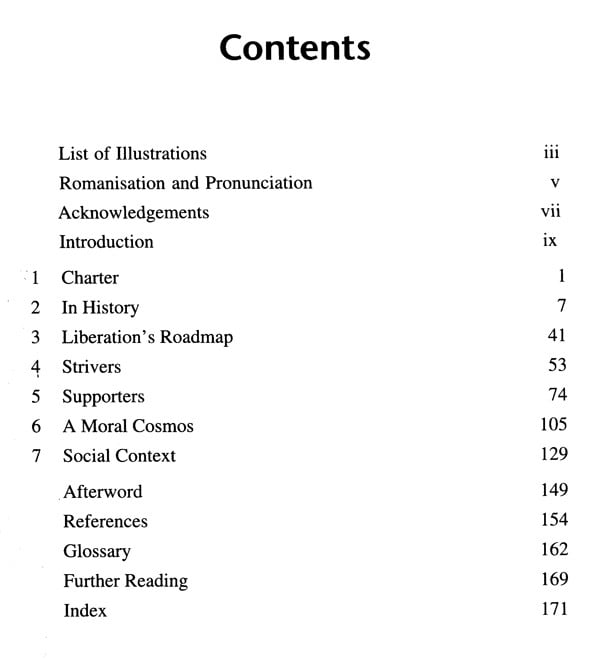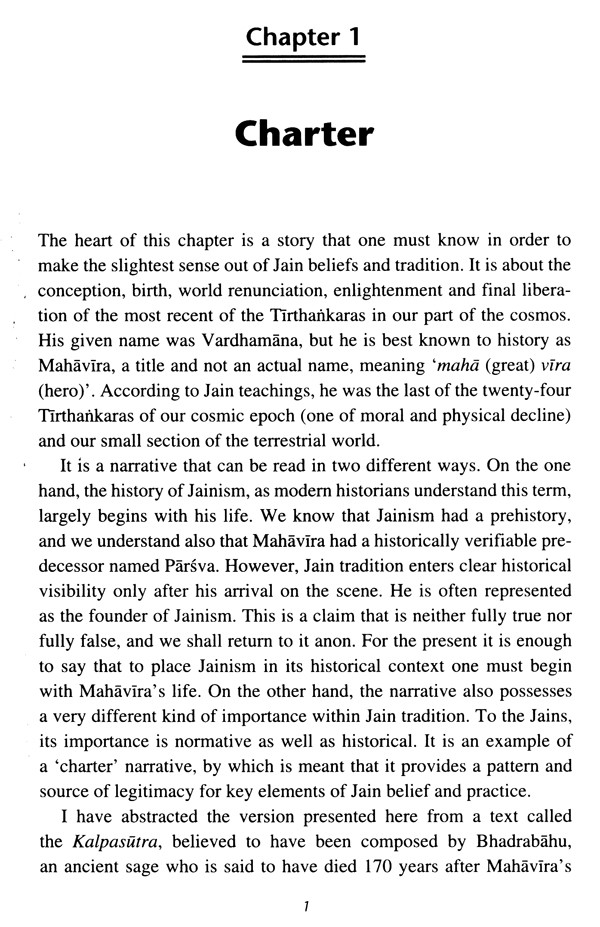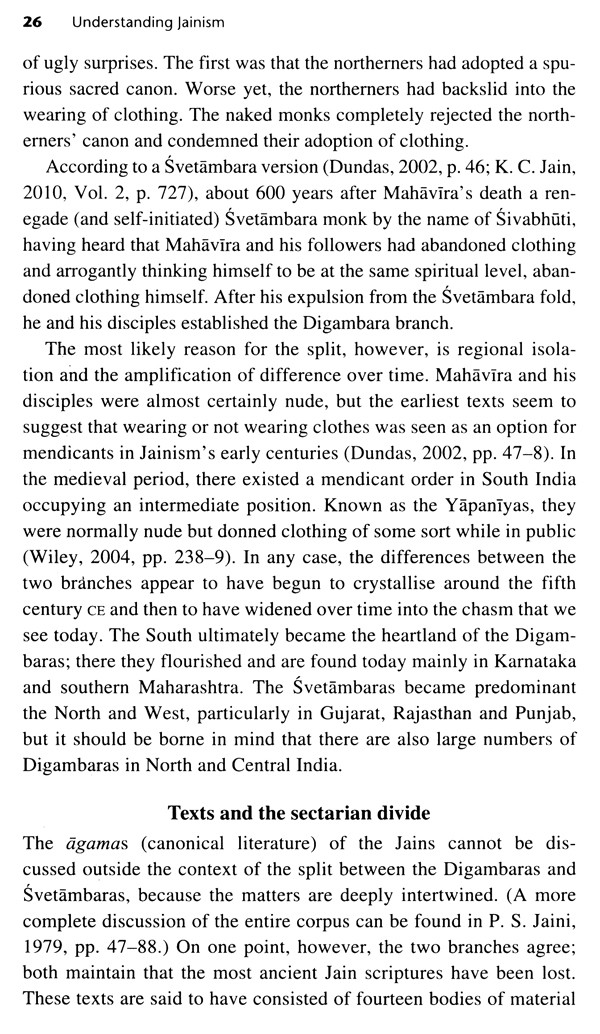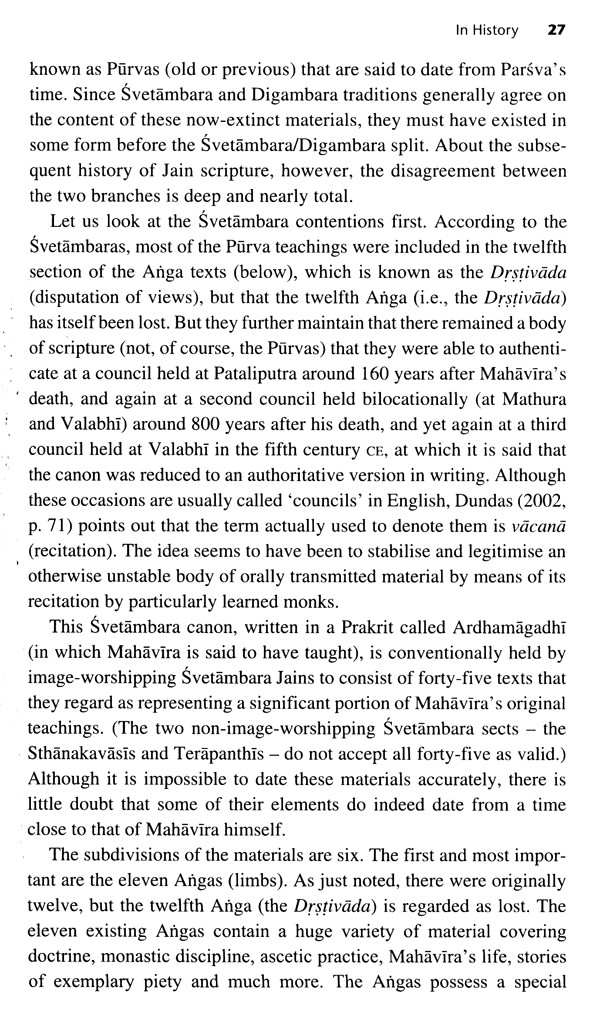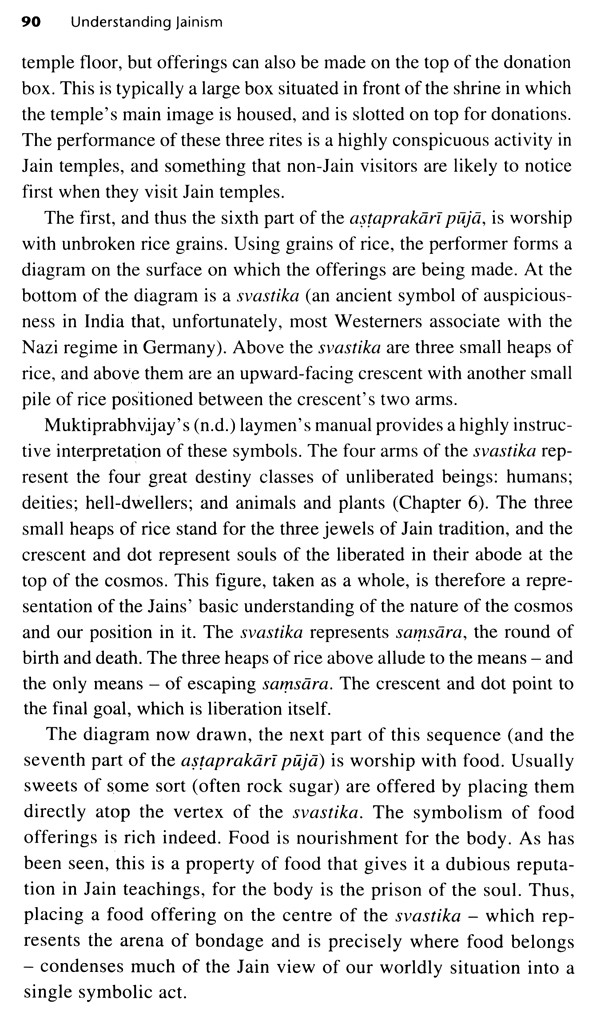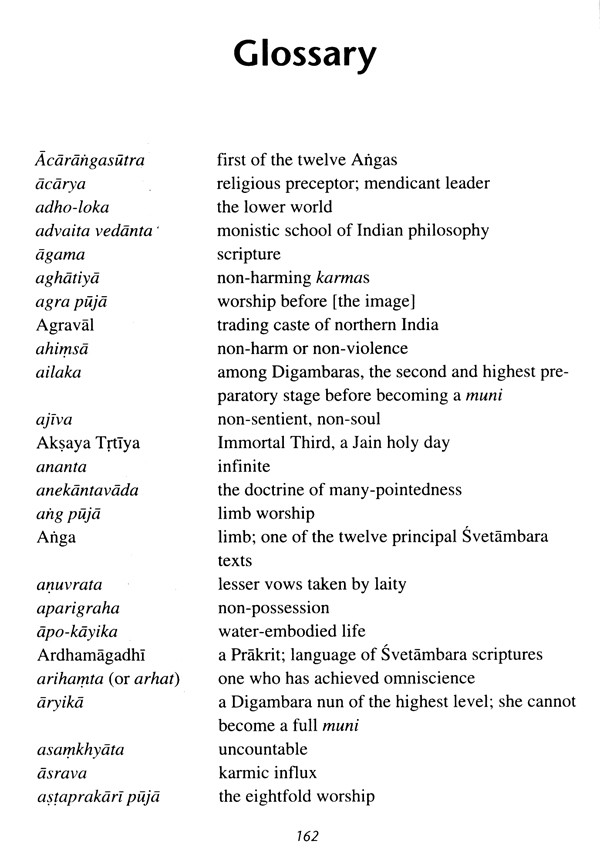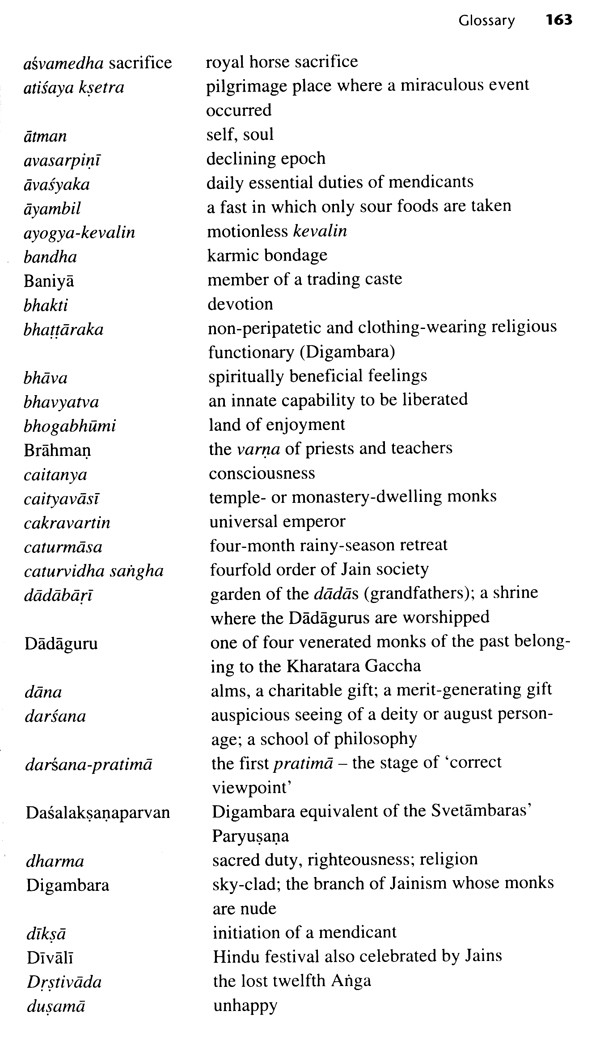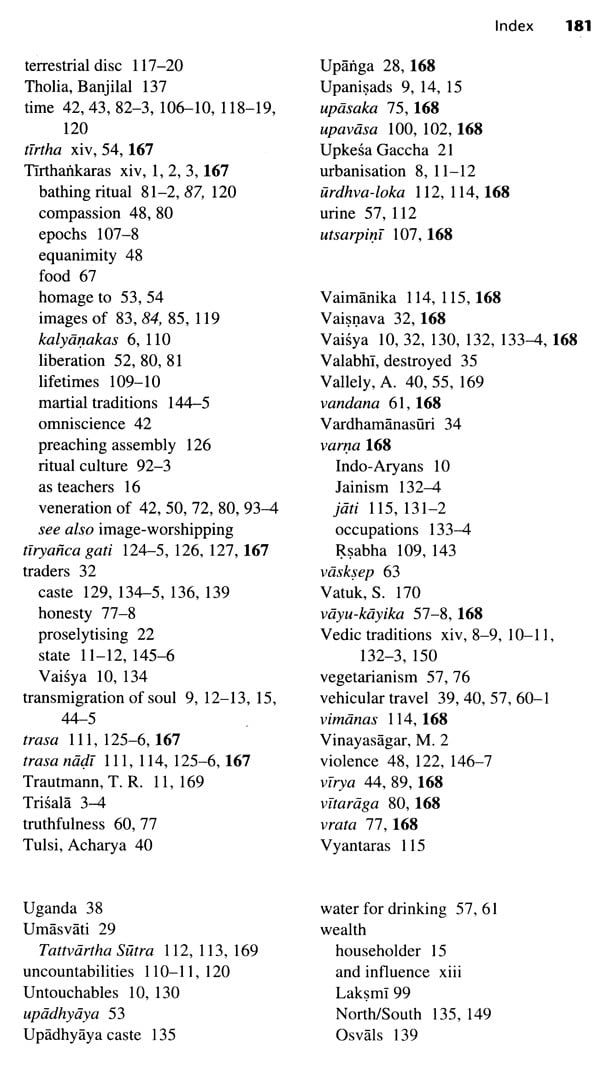
Understanding Jainism
Book Specification
| Item Code: | UAB404 |
| Author: | Lawrence A. Babb |
| Publisher: | Hindi Granth Karyalaya |
| Language: | English |
| Edition: | 2016 |
| ISBN: | 9788188769988 |
| Pages: | 208 (Throughout B/w Illustrations) |
| Cover: | HARDCOVER |
| Other Details | 9.00 X 6.00 inches |
| Weight | 490 gm |
Book Description
as formal doctrines but also as guideposts shaping the way of life of lay Jains as well as the monastic spiritual elite. No discussion of Jainism would be complete without a description of its extremely complex systems of biological and cosmographic. knowledge, and the book devote a chapter to showing how these systems express basic Jain concepts and values. The final chapter examines how Jainism is woven into the social identities of Jain communities in modern India, and, in an Afterword, the author reflects on the question of the relationship between Jain and Hindu religious identity.
The 2011 Indian census gives the figure of 4.2 million, but this is likely an undercount because some Jains return themselves as Hindu. This will doubtless strike readers as very tiny relative to the size of India, which indeed it is, but one must not be misled. If the number of Jains is small, their influence in Indian society is very great, far out of proportion to their numerical strength. This is a consequence of the fact that Jains - not all Jains, but most of them in India's North - have specialized in business and business-related occupations. And while it is far from true that all Jains are rich (a national stereotype in India), Jains are among the wealthiest of modem India's religious communities and one of the most influential as well.
In India, and abroad to the extent that they are known at all, Jains are noted for two behavioral traits. One is whimsies (non-harm, non- violence), which is an ethic enjoined by their religion as well as a deeply entrenched cultural value. Jain mendicants, in particular, are renowned for the pains they take to avoid harming even the most microscopic of living things. Jains are also well known for the extent to which mendicants, and to an impressive extent laity also, engage in the most demanding ascetic practices, especially fasting. Illustrative of the importance of ascetic practice in Jain life is the fact that some Jains end their lives by means of ritualized self-starvation, and this includes laity as well as mendicants.
Jainism is frequently paired with Buddhism, its far better- known cousin. This makes sense because both traditions came into prominence during the same period of India's history, and they were alike in their mutual rejection of the Vedic traditions that centuries later came to form part of the core of Hinduism. In other respects, however, Buddhism and Jainism are quite unlike, with very different concepts of the ultimate goal of spiritual Endeavour and the means to the attainment of that goal.
The term Jain means a follower of a 'Jina', and the term Jina denotes a 'victor' or 'conqueror'. The victory in question, however, is not won on the world's battlefields; instead, it consists of an inner conquest of the desires and aversions that are the root cause of the soul's bondage to the world and its sorrows. And the fruit of victory is not the usual spoils of war but liberation from worldly bondage. More specifically, a Jina is one of Jainism's great mendicant-teachers who, by means of rigorous self-purification, achieves liberating omniscience and - prior to his own final liberation - teaches the truths he has discovered to his followers. These teachers are also known as Tirthankaras, a term denoting someone who establishes a tirtha (ford, as in a ford across a river). The tirtha in question consists of Jain teachings and the Jain community, which is a community within which these teachings are preserved, transmitted, heard and acted upon. According to these teachings, such communities were, are and will always be established and re-established by an infinite series of Jina/Tirthankaras, a process that has been going on from the beginning less past and will continue for all of infinite time to come.
Book's Contents and Sample Pages
